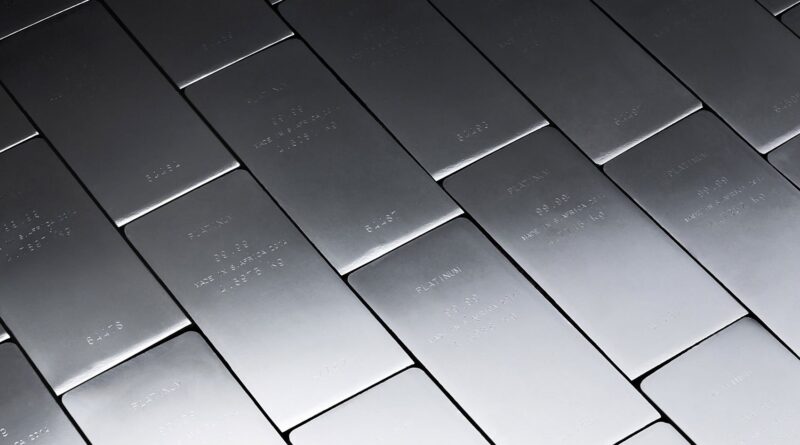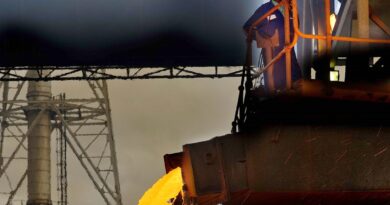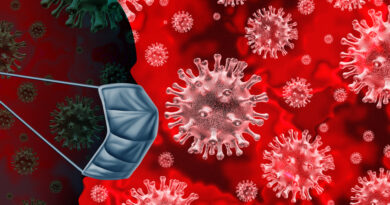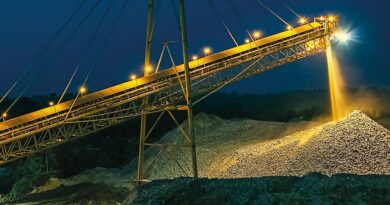Platinum surplus due to residual pandemic effects and Ukraine war
Total platinum demand fell 10% (-168 koz) quarter-on-quarter in Q1’22, with strong automotive demand offset by an expected decline in industrial demand from record levels in 2021, as well as continued weakness in jewellery and negative platinum investment.
The strength in automotive demand is notable considering production capacity constraints due to the ongoing semiconductor shortages and the negative effects of Russia’s invasion of Ukraine, and reflects increased loadings and ongoing substitution for palladium in gasoline vehicles.
Jewellery demand remains weak, with strength in all regions partly offset by ongoing COVID lockdowns and competition from gold jewellery in China. Meanwhile, industrial demand was down versus Q1’21 as expected due to fewer capacity additions, especially in glass, although overall it remains at historically strong levels.
Investment demand was negative during the quarter with positive bar and coin demand offset by negative ETF demand and outflows from stocks held by exchanges. Historically strong retail bar and coin demand in all regions was partly offset by disinvestment in Japan, where locally elevated platinum prices on yen weakness prompted expected profit taking, while the picture for ETF demand was dominated by significant liquidations in one European ETF. While total platinum demand was weaker, total supply also declined, down 20% (-414 koz) quarter-on-quarter due to no additional unwind of the 2021 ACP inventory and lower South African mine supply as COVID, safety stoppages and other production challenges impacted mine supply, and reduced vehicle scrappage rates and jewellery trade ins constrained recycling supply. The net result was a quarterly surplus of 167 koz, down 60% from the surplus reported for Q4’21.




